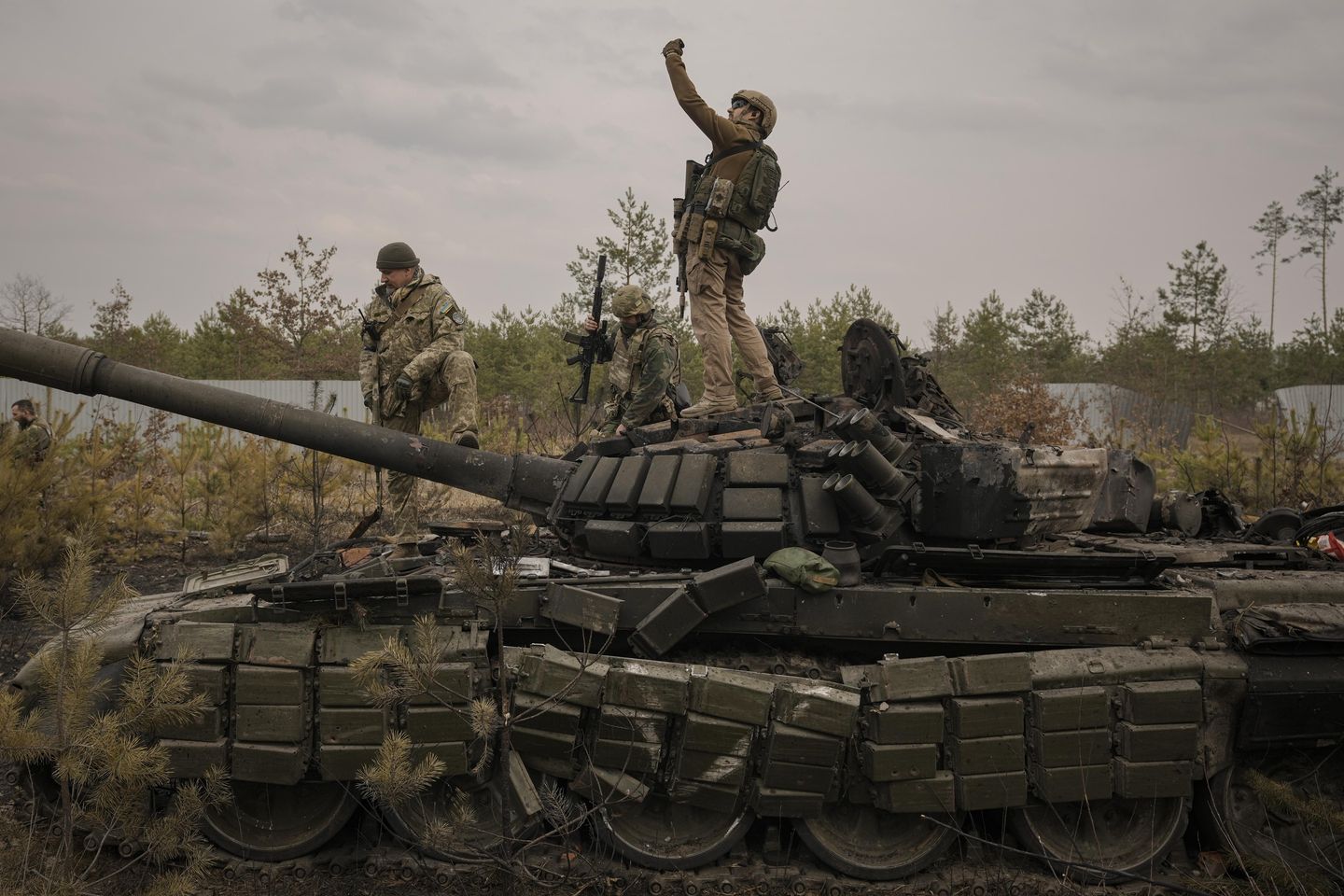

Russia’s mechanized forces have become relatively easy targets for Ukrainian troops armed with cutting-edge, anti-tank weaponry, sparking fresh questions about whether the tank has outlived its usefulness in 21st-century combat.
But Pentagon leaders argued Tuesday that traditional armored vehicles can still be highly effective. Russia’s tactics, not its tanks, are to blame for the failures so far in Ukraine, the U.S. top brass told a House Armed Services Committee hearing.
“We’ve learned that just because you have the capability doesn’t mean you’re going to overwhelm another force easily,” Defense Secretary Lloyd Austin told lawmakers Tuesday morning. “The Russians have significant mechanized capability. But as you look at the techniques, tactics and procedures that they used, they were not very effective. And so you question the training, the leadership, at the noncommissioned officer level and their ability to provide basic logistics to a force that size.”
“Because the Russians have not been effective in using their armor, it does not mean that armor is ineffective on the battlefield going forward,” Mr. Austin said in testimony to the House Armed Services Committee. “It means they were ineffective because of the things they failed to do in this fight.”
Ukraine claims to have destroyed hundreds of Russian tanks since the invasion began in late February. The true number is difficult to pin down, but social media has been flooded in recent weeks with photos and video of bombed-out Russian vehicles that were destroyed by Ukrainian anti-tank weaponry — much of it supplied from the U.S. and its allies.
Small, relatively cheap drones also have proven remarkably effective at stopping Russian tanks in their tracks.
But Pentagon analysts believe that can be attributed to Russia’s poor decision-making. For example, Russian forces for the most part have failed to camouflage their armored columns, leaving them exposed to enemy fire.
Russian vehicles, traveling single-file in long convoys on open roads, also have regularly been stuck in the mud or have simply run out of gas. Those simple logistical failures, U.S. officials say, have proven disastrous for the Russian force.
Still, Pentagon leaders acknowledge that the nature of warfare is changing and that all militaries need to rethink their approach to combat. While tanks can still serve a purpose, the increasingly urban nature of warfare means the role of armor will change.
“The character of war is going to shift,” Gen. Mark A. Milley, chairman of the Joint Chiefs of Staff, told lawmakers Tuesday. “What you’re seeing is forces that are optimized to fight in rural, wooded, rolling-hill type terrain are going to have very, very difficult times in urban terrain.”
“Urban battle is going to dominate land combat in the future,” he said.
And Ukraine, despite the success of its defensive operations so far, also does not appear to be giving up on the tanks, either.
Czech Television reported Tuesday that Prague has quietly shipped Soviet-era T-72 tanks and BVP-1 infantry fighting vehicles to Ukraine to help the country defend itself. The report said that the shipment was approved by the Czech Republic’s fellow NATO allies, the Reuters news agency reported.
